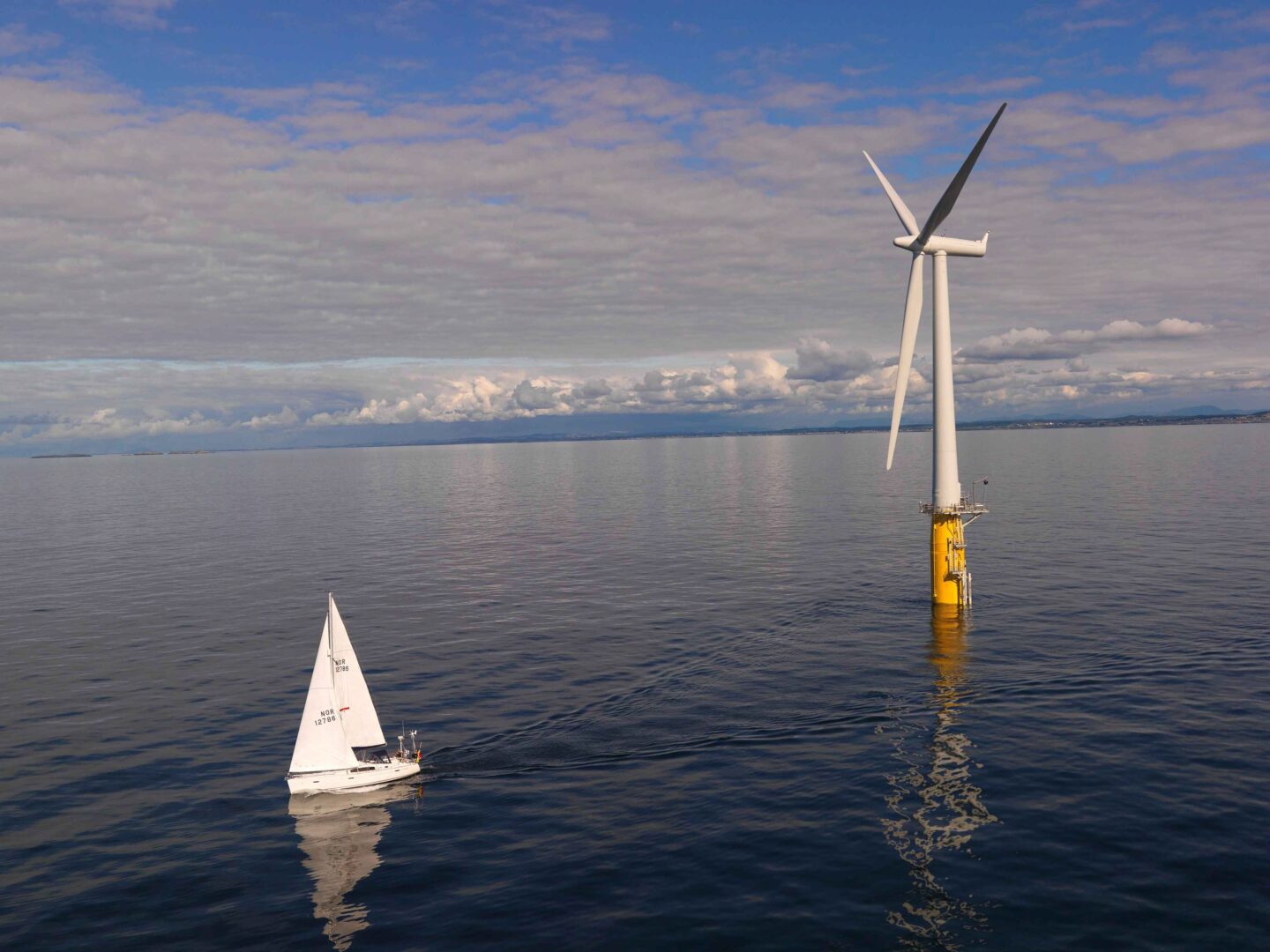
Floating Wind Turbine Market Expected to Reach USD 28.97 Billion by 2032
The floating wind turbine market is gaining significant momentum as demand for renewable energy grows globally. According to a recent report, the market is projected to reach an impressive USD 28.97 billion by 2032, growing at a remarkable compound annual growth rate (CAGR) of 56.50% during the forecast period.
Key Drivers of Growth:
-
Rising Renewable Energy Demand:
Floating wind turbines are emerging as a key solution to harness offshore wind energy, offering access to stronger and more consistent winds found in deeper waters where traditional fixed turbines cannot be installed. -
Technological Advancements:
Innovations in floating platform designs, such as semi-submersible, spar-buoy, and tension-leg platforms, are making these turbines more cost-effective and scalable for large-scale deployment. -
Supportive Policies and Investments:
Governments and private players are heavily investing in offshore renewable energy projects, incentivizing the adoption of floating wind technology. For example, Europe and Asia-Pacific regions are leading the way with ambitious targets for offshore wind capacity. -
Environmental Benefits:
Floating wind turbines minimize the environmental footprint compared to traditional fossil fuel-based energy systems, contributing to global efforts to combat climate change.
Advantages of Floating Wind Turbines:
- Deeper Water Deployment: Unlike fixed-bottom turbines, floating turbines can be installed in water depths exceeding 60 meters, unlocking a vast potential for offshore wind farms.
- Reduced Visual Impact: Floating turbines can be placed farther from the shore, reducing aesthetic concerns for coastal communities.
- Scalability: Floating platforms can support larger turbines, amplifying energy output while lowering operational costs over time.
Regional Outlook:
- Europe: The region is a leader in floating wind turbine projects, with countries like the UK, Norway, and France actively pursuing large-scale installations.
- Asia-Pacific: Nations such as Japan, South Korea, and China are rapidly adopting floating wind technology to meet their renewable energy targets and reduce reliance on fossil fuels.
- North America: The United States is making significant strides, with projects like the Vineyard Wind and California’s offshore wind developments showcasing the potential for floating turbines.
Future Projections:
The floating wind turbine market is expected to play a pivotal role in achieving global carbon neutrality goals. With ongoing investments in research and development, costs are anticipated to fall, encouraging widespread adoption. Additionally, the integration of floating wind farms with other renewable technologies, such as hydrogen production and energy storage, is on the horizon, further boosting the market’s potential.
Conclusion:
The floating wind turbine market represents a transformative shift in the renewable energy sector. By unlocking the potential of deep-water wind resources, this technology is poised to contribute significantly to global energy transition efforts.
Source:
Read the full report here


No Comments